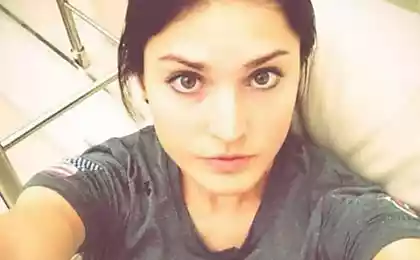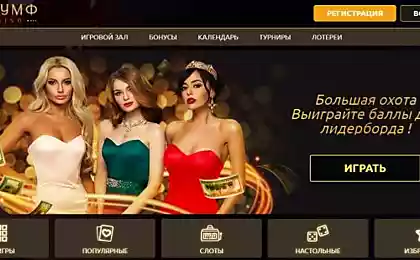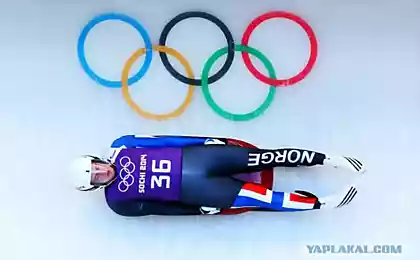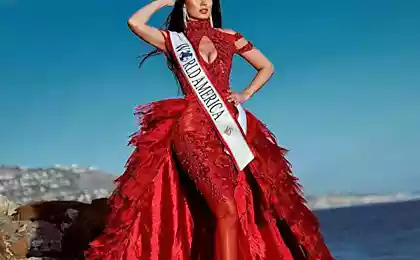204
The most elegant gymnast Irina Chashchina and her triumph
gymnast Irina Chashchina I recently celebrated my 40th birthday. It is considered that this round date is a great reason to sum up some results, to remember everything that was achieved.
And so the editorial board. "Site" I want to talk about how Irina Chaschina went to win her medals. Although there were many obstacles in her way. Even a doping scandal could prevent participation in the successful 2004 Olympics.

GettyImages Irina Chashchina The future athlete was born in Omsk on April 24, 1982. Irina’s mother worked as a music teacher and wanted her daughter to find a calling in music. However, his role was played by his grandfather, who loved sports.
It was with his grandfather that 5-year-old Irina once went to watch rhythmic gymnastics competitions. Beautiful and flexible athletes with ribbons made an indelible impression on the preschooler. She also wanted to be such a gymnast.
However, at first, the mentors were skeptical of the physical data of the curly baby. But she was surprisingly persistent. As a result, the coach Elena Arais agreed to work with thin Ira, who so far clearly lacked flexibility and artistry. Though it was fixable.
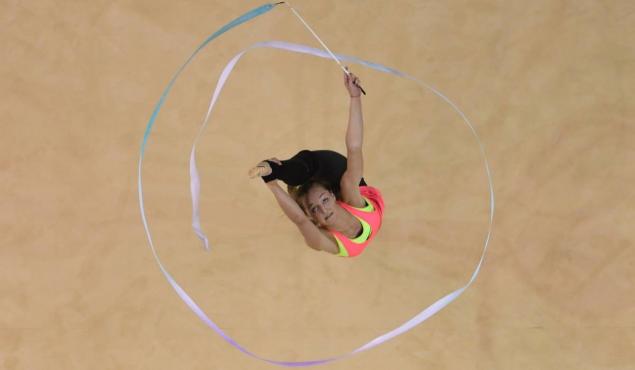
I must say that for a long time Chaschina not only trained in the gym, but also managed to go to the pool. She also attended music school to avoid upsetting her mother.
However, in the seventh grade, the girl faced a difficult choice. I had to give up the piano and other hobbies to focus on gymnastics. After all, new complex elements appeared regularly in the training process that needed to be mastered. And this work took all the time and all the strength.
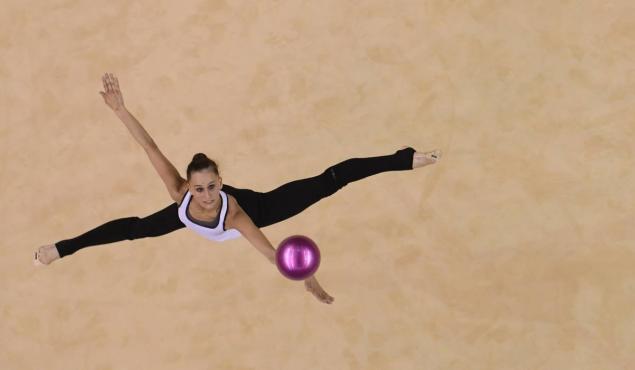
The transition to a new level of significant success Irina Chaschina began to achieve under the leadership of Vera Stelbaums. At the age of 12, the girl was in the national team, and soon took two “gold” at all-Russian competitions.
A lot of victories followed, but in rhythmic gymnastics, successes at the world and European championships are secondary. The main thing is the Olympics. And that didn't work out for Chaschina.
The fact is that the main star in Russian gymnastics of those years was considered Alina Kabaeva. However, at the Olympics in Sydney in 2000, Kabaeva, being an absolute favorite, made a gross mistake, because of which she eventually took only third place.
And so Alina decided to try her hand in 4 years in Athens. This meant that the Chalice would have to be in the shadows again. But Irina agreed to fight for the right to go to the Olympics.
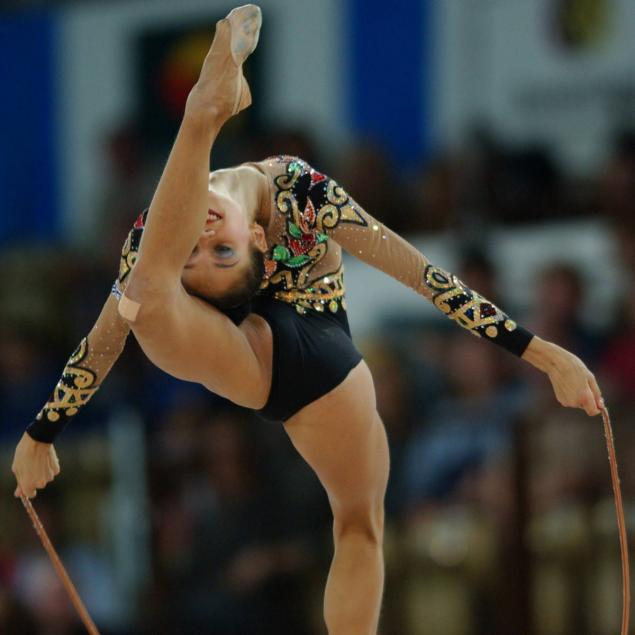
However, three years before the Olympics, both Chashchin and Kabaeva were at the center of a doping scandal. They found traces of furosemide in their doping tests. This drug is taken, for example, to lose weight before a competition. In sports, such dishonest tricks are prohibited.
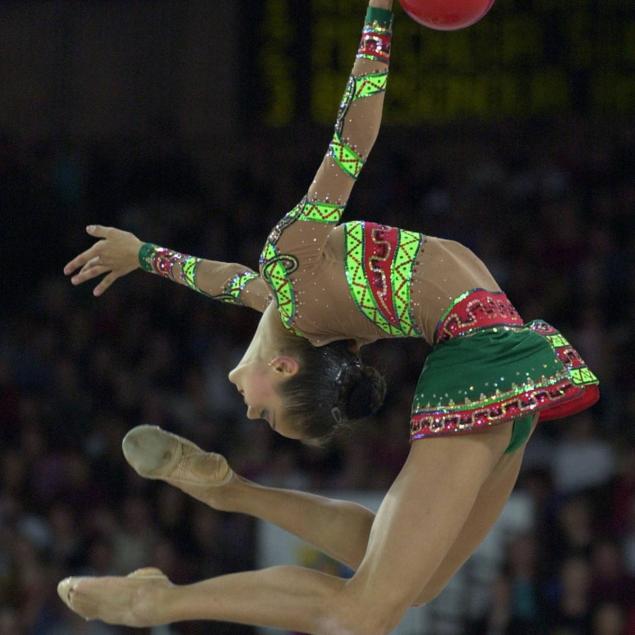
As a result, athletes were deprived of awards for the world Cup, banned for two years to perform. However, the girls still managed to prove that the banned drug got into their bodies by accident. This allowed to take part in competitions and fully prepare for the Olympics. Although lost nerves in the proceedings was not returned.
In 2004, Kabaeva took the gold she had always dreamed of in Athens. And Irina Chashchina at her first Olympics took silver, although she did not have enough to first place. Even the European public was delighted.
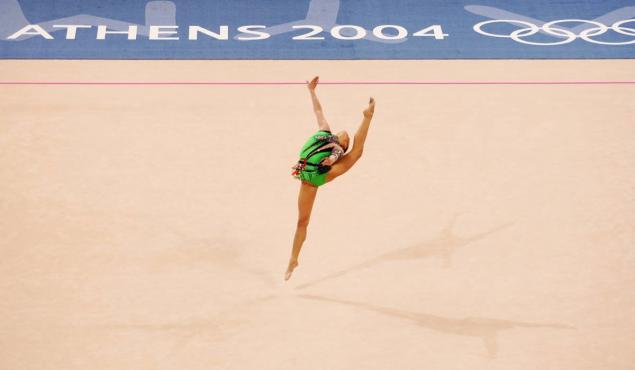
GettyImages Shortly after this success, Chaschina ended her career. At her last performance in Baku, she won a prize called Miss Elegance. This award was particularly accurate.
After completing her sports career, Irina Chashchina began to lead a completely different life. Participated in “Dancing on Ice” and “Circus with the Stars”, gave interviews, shot for glossy magazines. I even tried myself in politics, although the latter somehow did not work.

GettyImages Not much is heard of the Chalice today. However, fans of rhythmic gymnastics with experience remember exactly that young girl, whose performances were always pleasant to watch.
Photo at preview and in article
And so the editorial board. "Site" I want to talk about how Irina Chaschina went to win her medals. Although there were many obstacles in her way. Even a doping scandal could prevent participation in the successful 2004 Olympics.

GettyImages Irina Chashchina The future athlete was born in Omsk on April 24, 1982. Irina’s mother worked as a music teacher and wanted her daughter to find a calling in music. However, his role was played by his grandfather, who loved sports.
It was with his grandfather that 5-year-old Irina once went to watch rhythmic gymnastics competitions. Beautiful and flexible athletes with ribbons made an indelible impression on the preschooler. She also wanted to be such a gymnast.
However, at first, the mentors were skeptical of the physical data of the curly baby. But she was surprisingly persistent. As a result, the coach Elena Arais agreed to work with thin Ira, who so far clearly lacked flexibility and artistry. Though it was fixable.

I must say that for a long time Chaschina not only trained in the gym, but also managed to go to the pool. She also attended music school to avoid upsetting her mother.
However, in the seventh grade, the girl faced a difficult choice. I had to give up the piano and other hobbies to focus on gymnastics. After all, new complex elements appeared regularly in the training process that needed to be mastered. And this work took all the time and all the strength.

The transition to a new level of significant success Irina Chaschina began to achieve under the leadership of Vera Stelbaums. At the age of 12, the girl was in the national team, and soon took two “gold” at all-Russian competitions.
A lot of victories followed, but in rhythmic gymnastics, successes at the world and European championships are secondary. The main thing is the Olympics. And that didn't work out for Chaschina.
The fact is that the main star in Russian gymnastics of those years was considered Alina Kabaeva. However, at the Olympics in Sydney in 2000, Kabaeva, being an absolute favorite, made a gross mistake, because of which she eventually took only third place.
And so Alina decided to try her hand in 4 years in Athens. This meant that the Chalice would have to be in the shadows again. But Irina agreed to fight for the right to go to the Olympics.

However, three years before the Olympics, both Chashchin and Kabaeva were at the center of a doping scandal. They found traces of furosemide in their doping tests. This drug is taken, for example, to lose weight before a competition. In sports, such dishonest tricks are prohibited.

As a result, athletes were deprived of awards for the world Cup, banned for two years to perform. However, the girls still managed to prove that the banned drug got into their bodies by accident. This allowed to take part in competitions and fully prepare for the Olympics. Although lost nerves in the proceedings was not returned.
In 2004, Kabaeva took the gold she had always dreamed of in Athens. And Irina Chashchina at her first Olympics took silver, although she did not have enough to first place. Even the European public was delighted.

GettyImages Shortly after this success, Chaschina ended her career. At her last performance in Baku, she won a prize called Miss Elegance. This award was particularly accurate.
After completing her sports career, Irina Chashchina began to lead a completely different life. Participated in “Dancing on Ice” and “Circus with the Stars”, gave interviews, shot for glossy magazines. I even tried myself in politics, although the latter somehow did not work.

GettyImages Not much is heard of the Chalice today. However, fans of rhythmic gymnastics with experience remember exactly that young girl, whose performances were always pleasant to watch.
Photo at preview and in article
I dreamed of marrying a European, but now I doubt our women are needed there.
Anyone who grabbed one five in the Soviet school will immediately solve the problem about chess.
